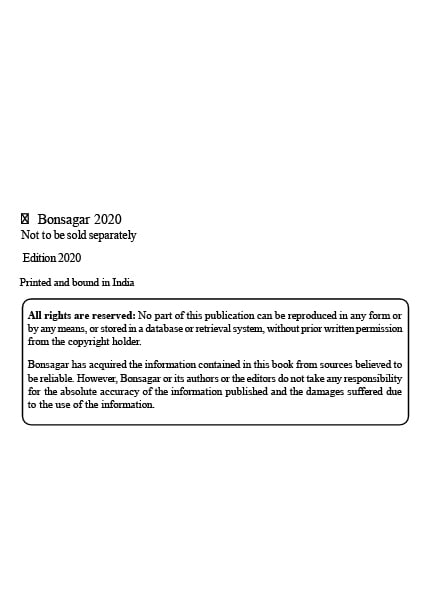
Unveiling the CAT Communication
Unveiling the CAT Communication
Introduction:
The Common Admission Test (CAT) is a pivotal examination for aspiring management professionals in India, serving as the gateway to prestigious business schools. While much attention is paid to quantitative and analytical sections, the significance of effective communication skills in CAT should not be underestimated. This guide aims to unravel the nuances of CAT communication, shedding light on the verbal and written communication aspects crucial for success.
Understanding CAT Communication:
1. Verbal Ability and Reading Comprehension (VARC) Section:
a. Reading Comprehension:
In the VARC section, Reading Comprehension (RC) is a cornerstone. Developing the ability to comprehend complex passages swiftly is paramount. Tips include practicing diverse topics, identifying key themes, and summarizing information effectively.
b. Verbal Ability:
This segment evaluates language skills, including grammar, vocabulary, and critical reasoning. Strengthening vocabulary through regular reading, solving grammar exercises, and practicing critical reasoning questions will enhance performance.
2. Data Interpretation and Logical Reasoning (DILR) Section:
a. Interpreting Graphs and Tables:
Effective communication in DILR involves interpreting data accurately. Practice reading and analyzing graphs and tables swiftly, enhancing the ability to communicate insights coherently.
b. Logical Reasoning:
Communication in logical reasoning lies in the clarity of argumentation. Develop skills to construct logical arguments and solve puzzles systematically, communicating solutions in a concise and structured manner.
3. Written Ability Test (WAT) and Group Discussion (GD):
a. WAT Preparation:
The WAT gauges a candidate’s ability to articulate thoughts in a structured manner. Practice essay writing on diverse topics, emphasizing clarity, coherence, and a well-structured argument.
b. GD Skills:
Group Discussion assesses communication and interpersonal skills. Engage in mock GDs, focusing on effective communication, active listening, and the ability to express opinions diplomatically.
4. Personal Interview (PI):
a. Articulation and Confidence:
The PI is the final frontier where effective communication is pivotal. Enhance articulation skills, speak with clarity, and exude confidence. Practice common interview questions and engage in mock interviews to refine communication.
5. Non-Verbal Communication:
a. Body Language:
Non-verbal communication, encompassing aspects such as body language, holds considerable importance. Maintain eye contact, use appropriate gestures, and be mindful of posture to convey confidence and professionalism.
b. Dress and Demeanor:
Dressing appropriately and exhibiting a professional demeanor contribute to effective non-verbal communication, leaving a positive impression on interviewers.
6. Tips for Effective CAT Communication:
a. Time Management:
Efficient time management is crucial across all sections. Allocate time wisely during the exam to ensure each question is answered with due diligence.
b. Regular Practice:
Consistent practice is key. Regularly solve mock tests, engage in reading diverse materials, and participate in group discussions to hone communication skills.
c. Feedback Incorporation:
Actively seek and incorporate feedback from mentors, peers, or online platforms. Continuous improvement is essential for refining communication abilities.
d. Stay Informed:
Stay abreast of current affairs, general knowledge, and industry trends. Knowledgeable candidates can communicate effectively on a wide range of topics during interviews and group discussions.
Conclusion:
In the realm of CAT communication, a holistic approach is indispensable. Success in the CAT examination is not solely determined by quantitative and analytical prowess but is equally contingent on effective verbal and written communication. Aspiring candidates must recognize the multifaceted nature of CAT communication, investing time and effort into developing a comprehensive skill set. By mastering the art of expression, candidates can distinguish themselves in the competitive landscape of CAT and embark on a journey toward a successful management career.




